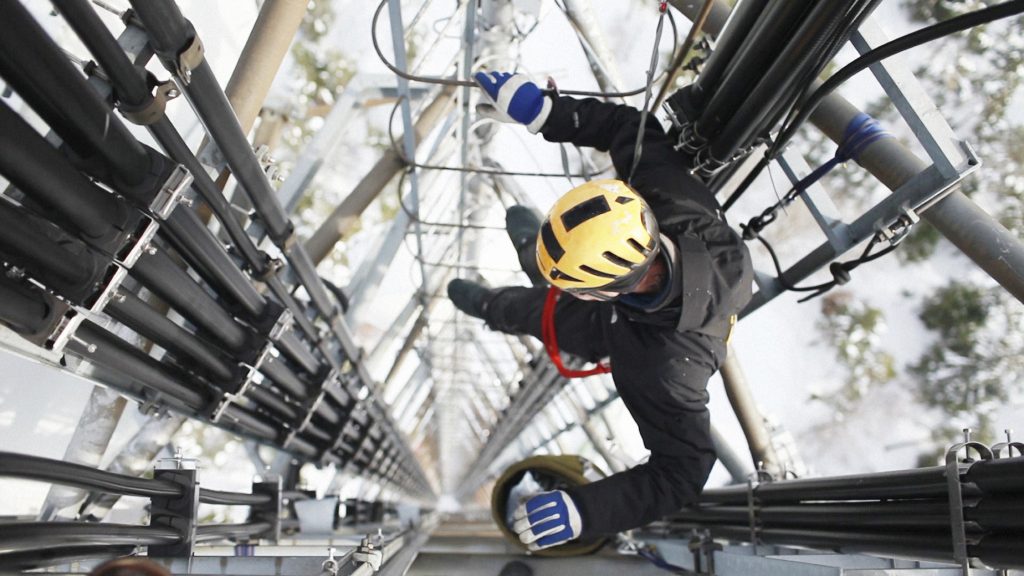Winter can affect hundreds of thousands of workers in our area. Under OSHA, each employer is responsible for providing a safe work environment for their employees and must protect workers from winter storms and hazardous weather conditions.
OSHA issued more than 2,500 citations from October 2012 through September 2013. Some citations occur because manufacturers miss hazards caused by the change in seasons, with winter being especially problematic.
Driving During Delivery and Pickups
Many manufacturers make regular pickups and drop offs in hazardous conditions in the winter. The company-owned vehicles must be equipped with the proper safety equipment for weather conditions. Vehicles should have snow tires with adequate tread. The vehicles must be inspected and windshield wiper blades must be replaced regularly. Fluid levels in company vehicles need to be checked weekly and always before and after a storm.
Icy parking Lots and Walkways
Employers are responsible for the clearance of parking lots and walkways. Maintenance crews should be directed to clear away ice and snow as it comes down to keep employees safe. Salt and sand should be placed down immediately.
Slick Floors: Slip and Falls
Employees can track in snow and ice into the building which can pose as slip and fall hazards in the workplace. Employers should have maintenance place slippery floor signs on all floors and have absorbent mats at doorways for employers to wipe their shoes on.
Loading Docks
Loading and shipping docks are typically open to the weather for a good portion of the day. Metal gates and outside steps can get wet and slippery easily, especially on busy days or after storms when snow and ice may melt and refreeze frequently. Provide nonslip mats wherever it’s feasible and make sure employees wear sturdy shoes to prevent falls.
Electrical Shocks
Melting snow from shoes and boots create standing pools of water that can be a shock hazard for improperly grounded equipment or for employees plugging in hand tools, lights, space heaters, or other devices. Make sure that your maintenance team is on the lookout for standing water and educate employees about the hazards of electricity and water.
If you’ve been injured on the job, contact our experienced workers’ compensation attorneys for a free consultation today.
For more information, visit the OH&S website.

